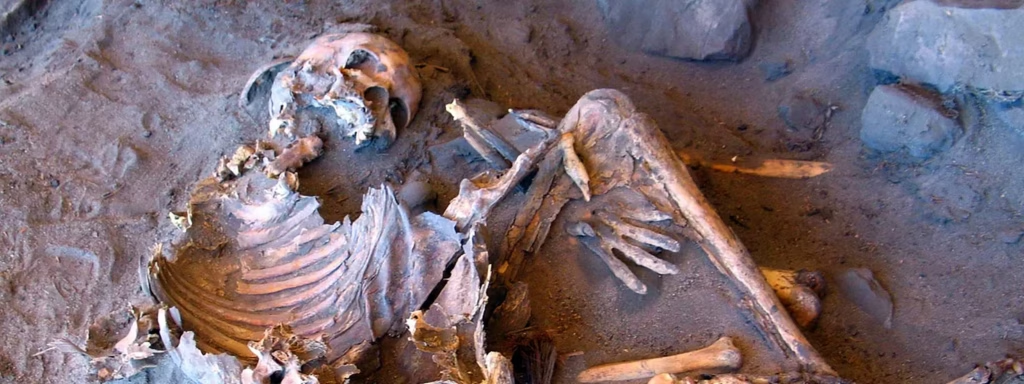Ancient DNA in Sahara Reveals Unexpected Neanderthal Connection

Recent genetic analyses have uncovered that early inhabitants of the once-green Sahara possessed traces of Neanderthal DNA, challenging previous assumptions about human migration and interaction in North Africa. Researchers from the Max Planck Institute for Evolutionary Anthropology in Leipzig examined DNA from individuals found in the Takarkori rock shelter in southwestern Libya. Their findings indicate that these populations, who lived thousands of years ago during the African Humid Period, were genetically distinct from sub-Saharan groups and had been largely isolated.

Interestingly, despite their isolation, these Saharan inhabitants exhibited small amounts of Neanderthal DNA—approximately one-tenth the amount found in contemporary non-African populations but still higher than that of present-day sub-Saharan Africans. This suggests limited gene flow from populations outside Africa into North Africa during that time. Additionally, the adoption of pastoralism, or animal husbandry, by these communities appears to have resulted from cultural exchanges rather than direct genetic mixing with neighboring groups.
These discoveries provide new insights into the complex tapestry of human history in North Africa, highlighting periods of both isolation and interaction that have shaped the genetic landscape of the region.


Copyright: Archaeological Mission in the Sahara, Sapienza University of Rome





